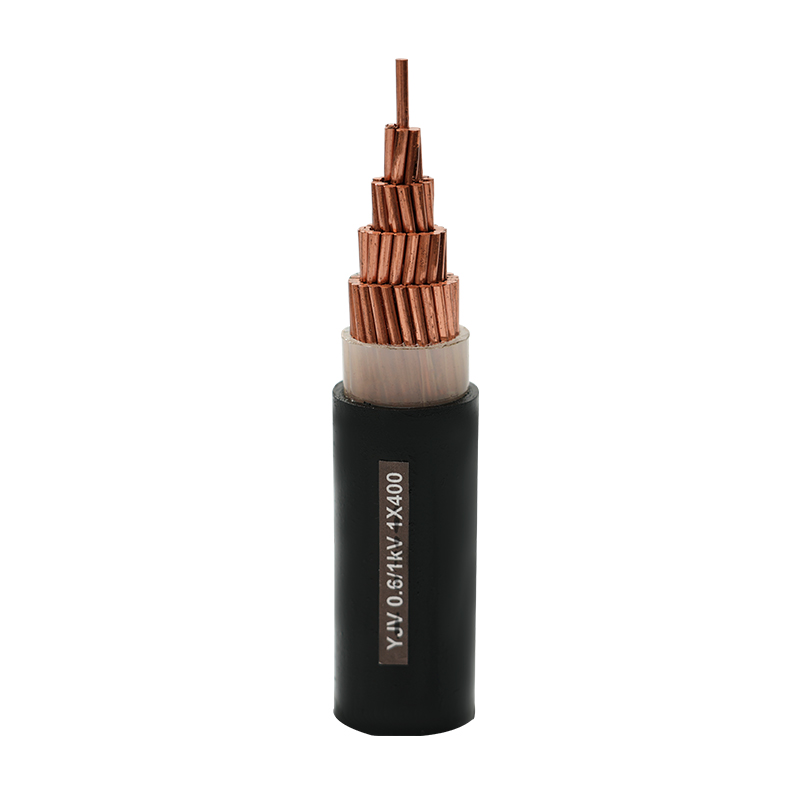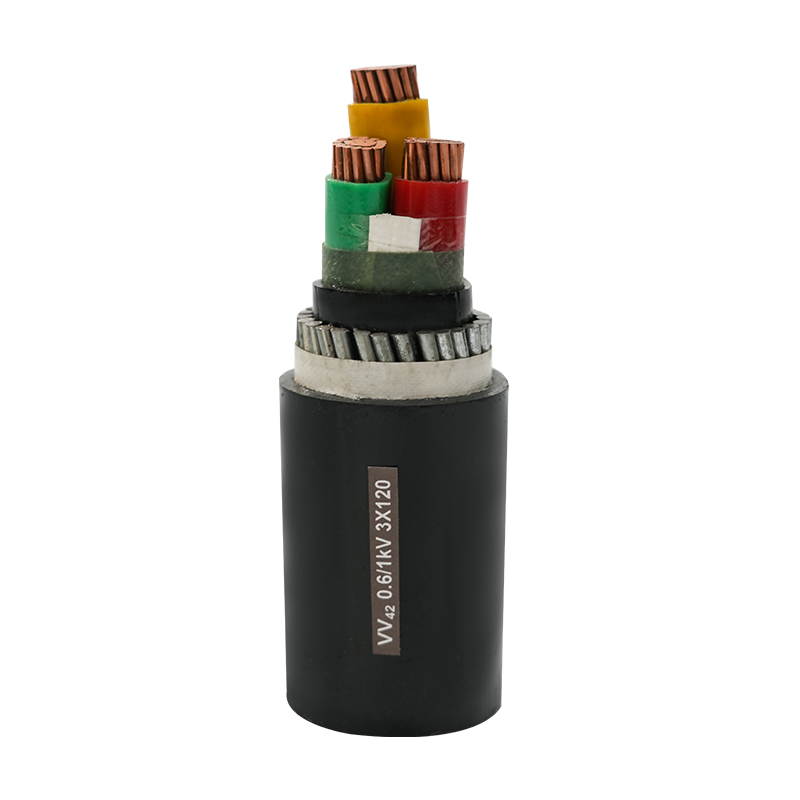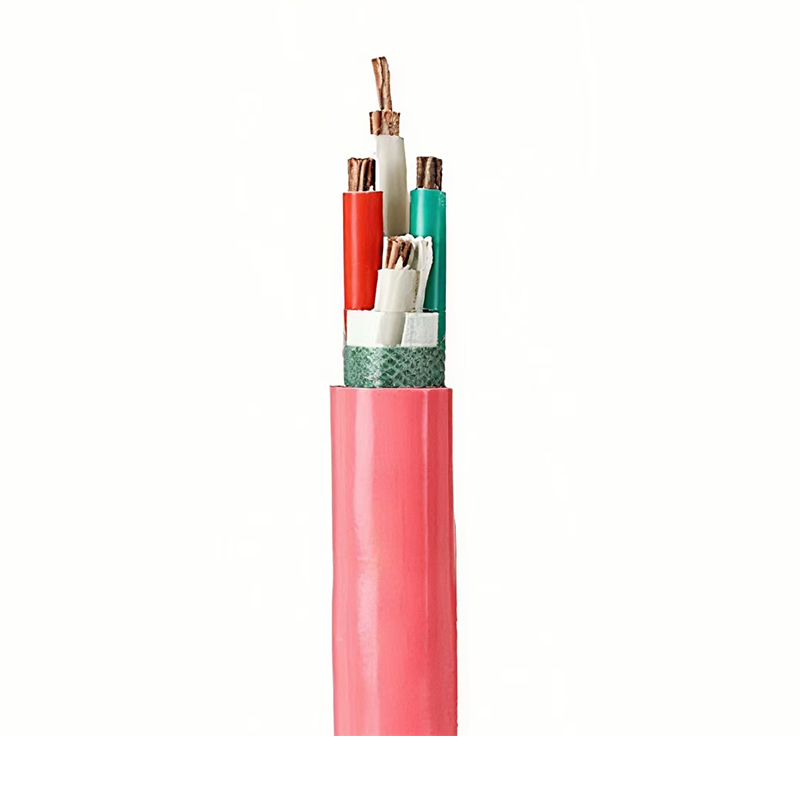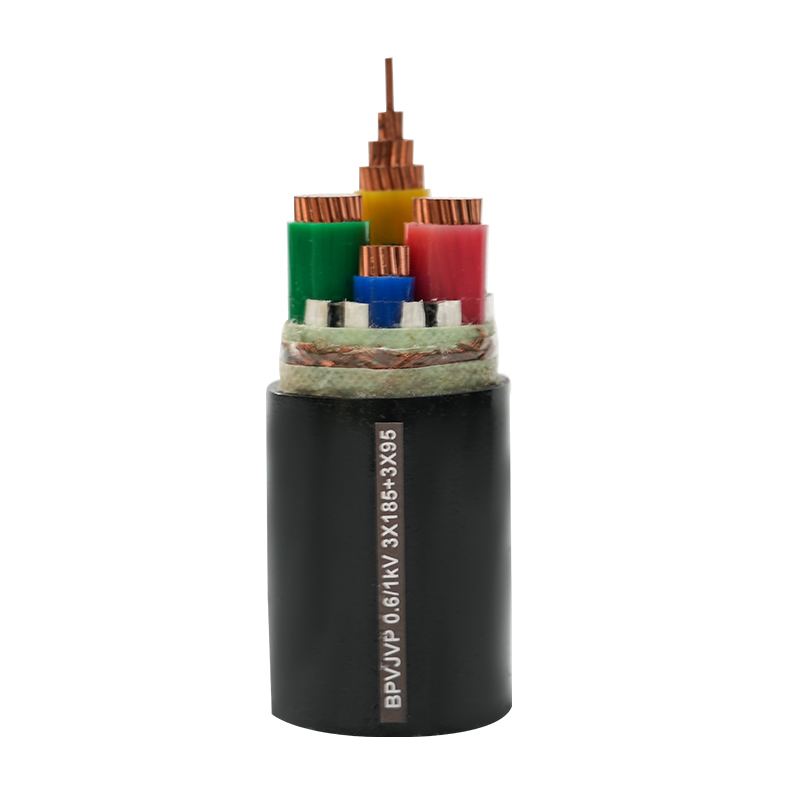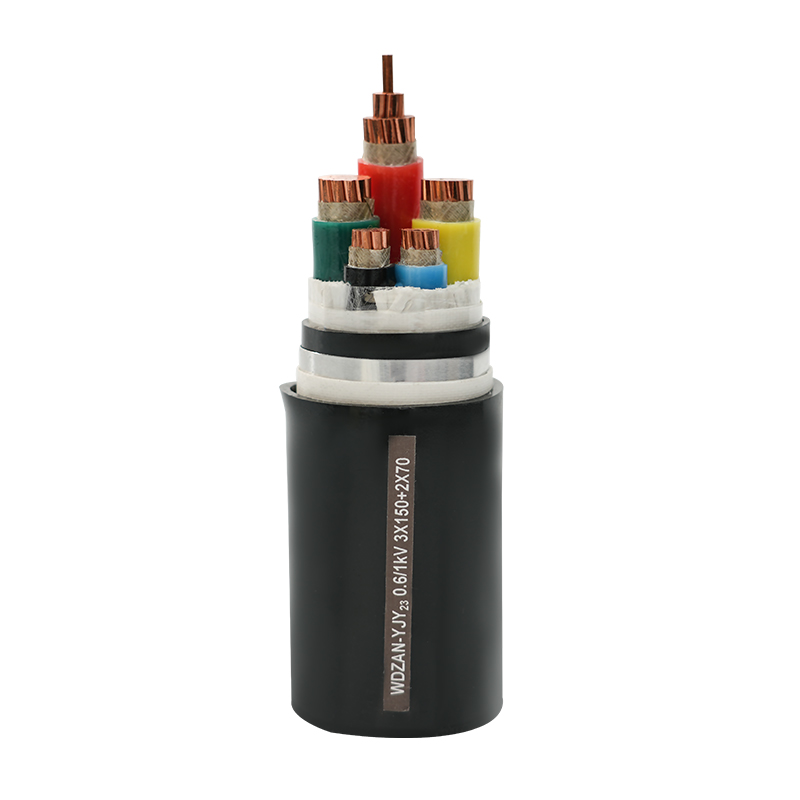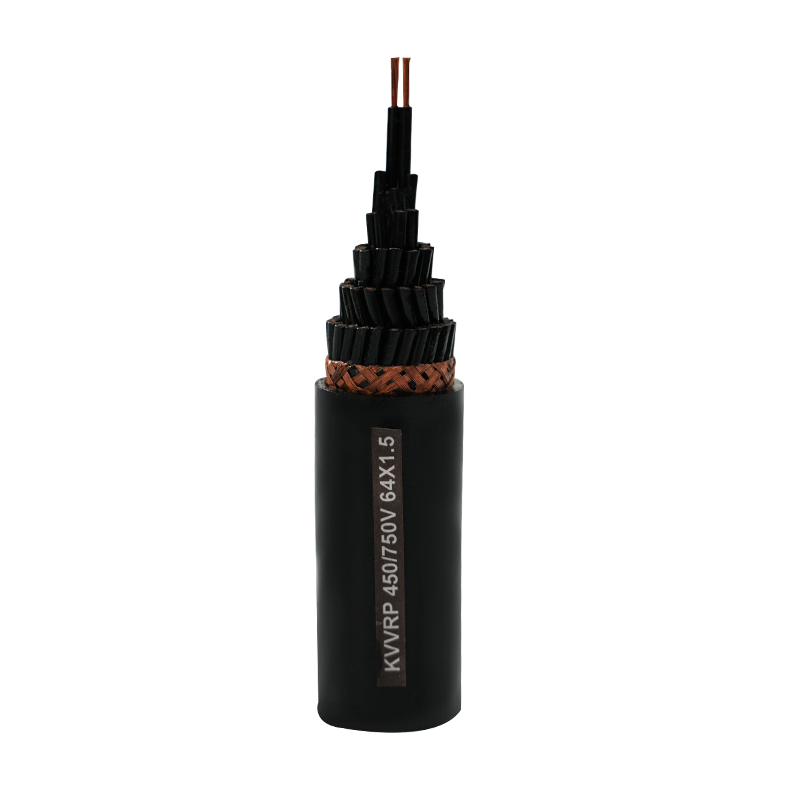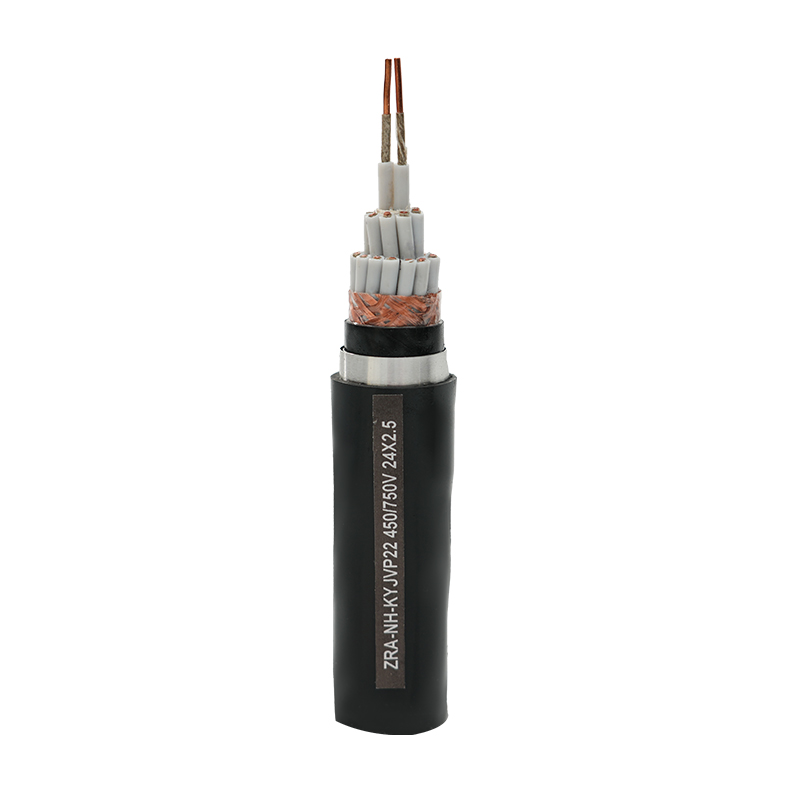Beside the flames of metallurgical furnaces and between high-temperature equipment in new energy power stations, power transmission systems face temperature tests far beyond the norm. As the "lifeline" to ensure stable energy transmission, the core competitiveness of High Temperature Resistant Power Cable is concentrated in its insulation performance. This performance is not a simple superposition of heat-resistant properties, but through the precise design of the molecular structure of the material, it gives the cable the ability to resist aging and maintain insulation in a high-temperature environment, fundamentally solving the safety hazards of traditional cables under extreme working conditions.
Polyvinyl chloride (PVC) insulation materials commonly used in traditional power cables can meet basic insulation requirements at room temperature, but their molecular structure characteristics determine the inherent deficiencies in high-temperature adaptability. The PVC molecular chain is composed of polymerized vinyl chloride monomers, with weak interchain forces and contains a large number of easily decomposed chlorine atoms. When the ambient temperature exceeds 70°C, the PVC molecular chain begins to undergo thermal degradation, releasing corrosive gases such as hydrogen chloride; if the temperature further rises to above 100°C, the material quickly softens and deforms, the integrity of the insulation layer is destroyed, and the risk of leakage increases sharply.
The revolutionary breakthrough of High Temperature Resistant Power Cable comes from the research and development and application of new insulating materials. Silicone rubber, polyimide and other materials have become the main force in the field of high temperature insulation with their unique molecular structure. This structure gives the material three core advantages: the π electron cloud in the conjugated system is evenly distributed, and the chemical bond energy is significantly enhanced, so that the thermal decomposition temperature of polyimide is as high as 500℃ or above, and the long-term use temperature is stably maintained at 260℃; the rigid molecular chain is not easy to be twisted and broken due to thermal movement, and even in a high temperature environment, the integrity of the molecular chain can be maintained to ensure that there are no holes or cracks in the insulation layer; there are strong van der Waals forces and hydrogen bonds between molecules, forming a dense molecular stacking structure, effectively preventing electron migration and maintaining excellent dielectric properties. When the cable is running in a high temperature environment of 300℃ in a metallurgical workshop, the polyimide insulation layer is like a solid armor, isolating the heat from eroding the conductor, and preventing short circuit accidents caused by insulation failure.
In addition to polyimide, silicone rubber insulation materials also show unique high temperature adaptability. Its main molecular chain is composed of silicon-oxygen bonds (Si-O). The bond energy of Si-O bonds is as high as 460kJ/mol, which is much higher than the common carbon-carbon bonds (C-C) and has natural thermal stability. The flexibility of the silicone rubber molecular chain enables it to maintain good elasticity at high temperatures, avoiding cracking of the insulation layer caused by hardening and brittleness of the material. Silicone rubber has low surface energy and is not easy to absorb moisture and impurities, further ensuring the insulation reliability in high temperature environments. In the inverter connection cable of the photovoltaic power station, the silicone rubber insulation layer can withstand the high temperature generated by direct sunlight and resist wind and sand erosion to ensure stable transmission of electric energy.
From molecular structure design to material performance realization, the insulation technology breakthrough of High Temperature Resistant Power Cable redefines the standard of power transmission in extreme environments. By abandoning the inherent defects of traditional materials and adopting new materials with thermally stable molecular structures, the cable can continue to maintain insulation performance in high temperature conditions.

 English
English 中文简体
中文简体 русский
русский عربى
عربى